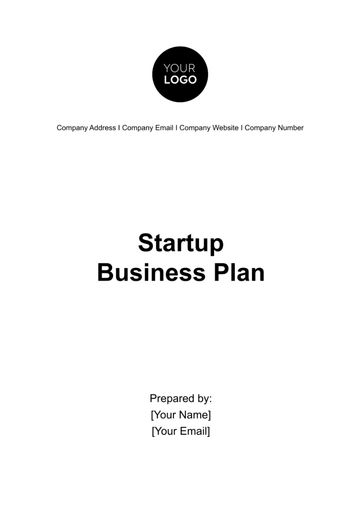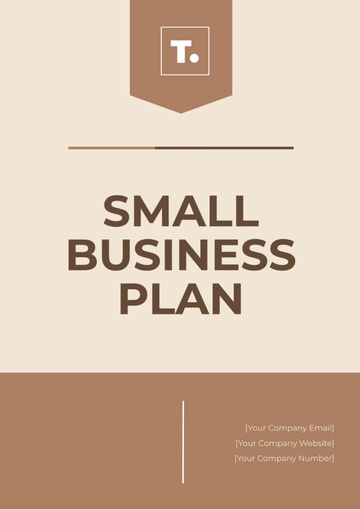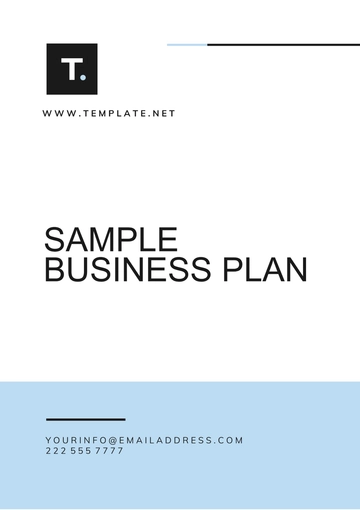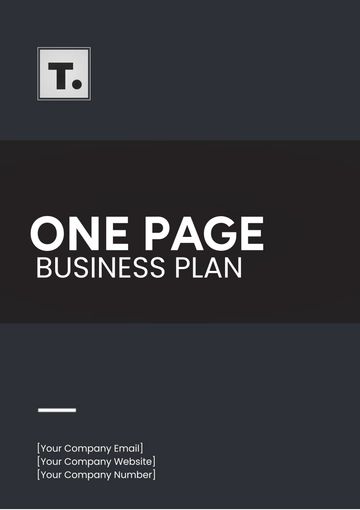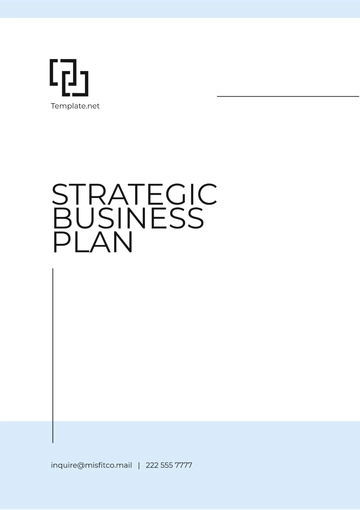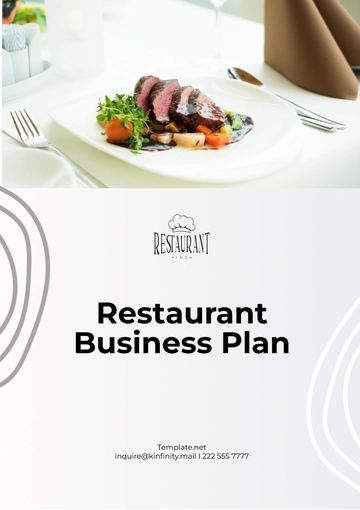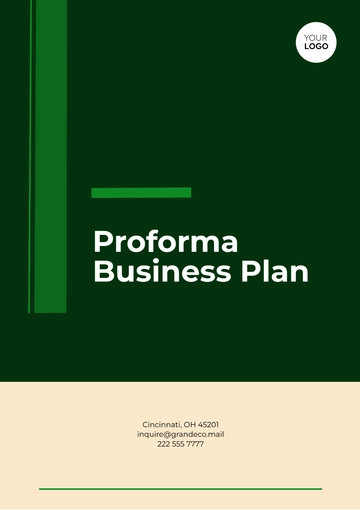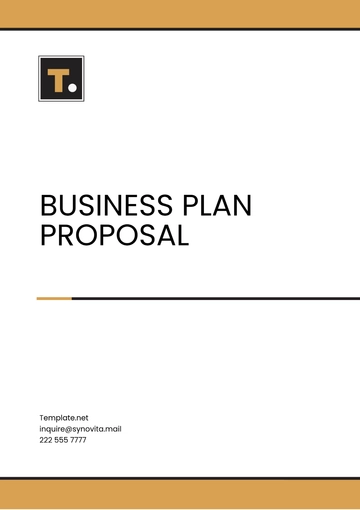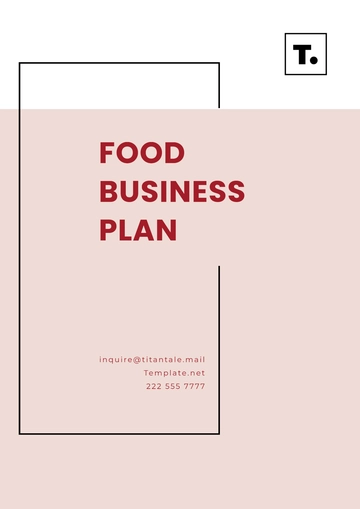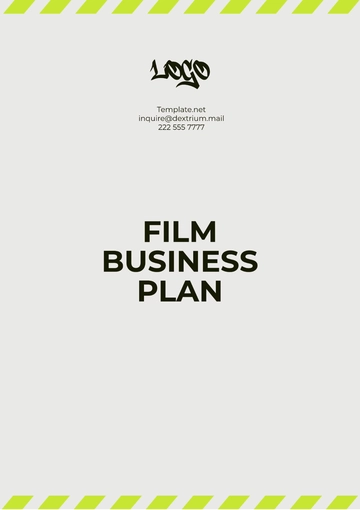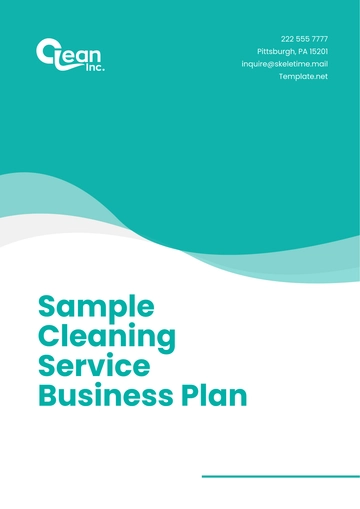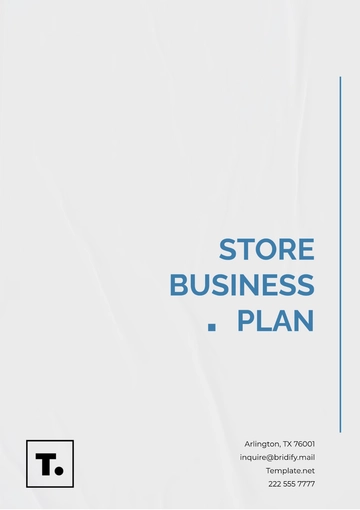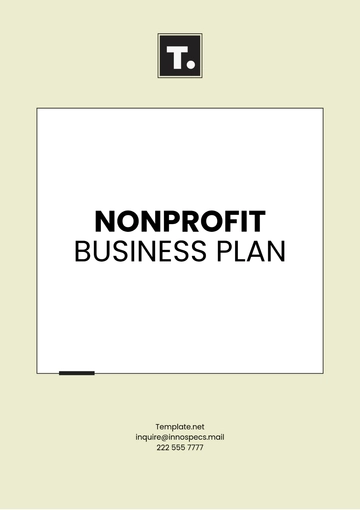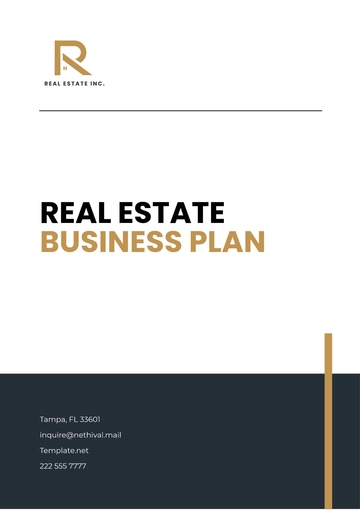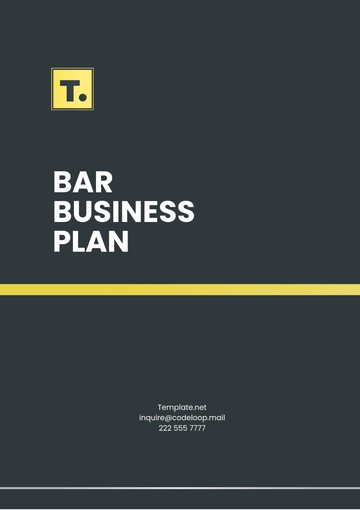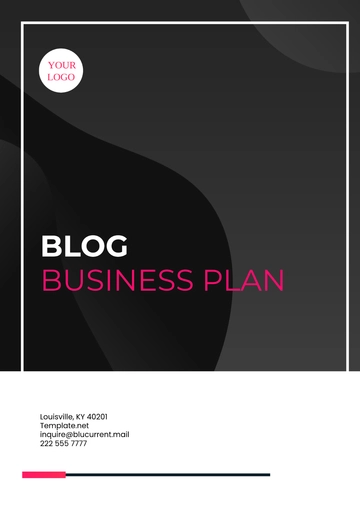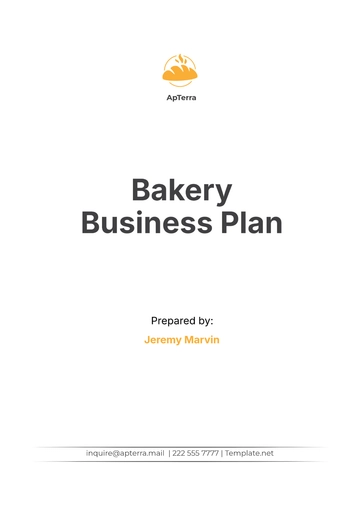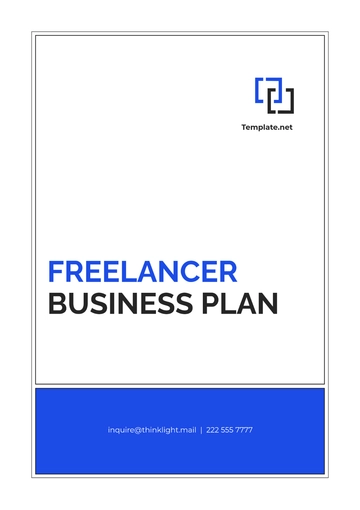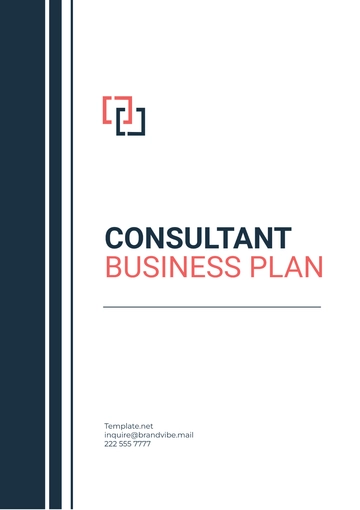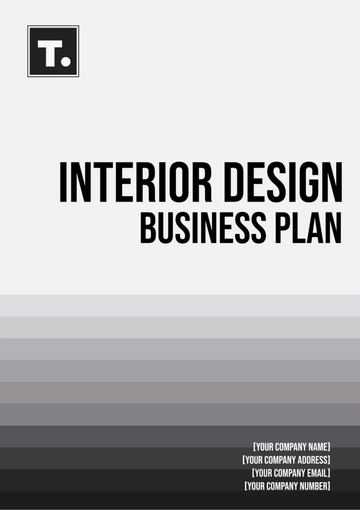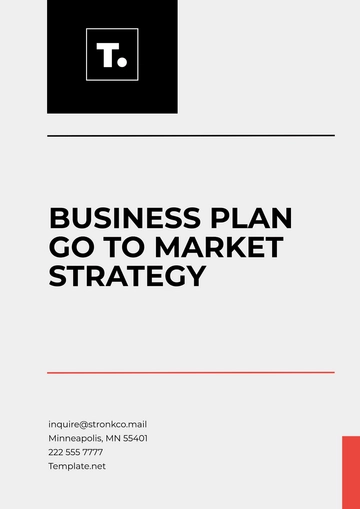Free Winery Business Plan Outline
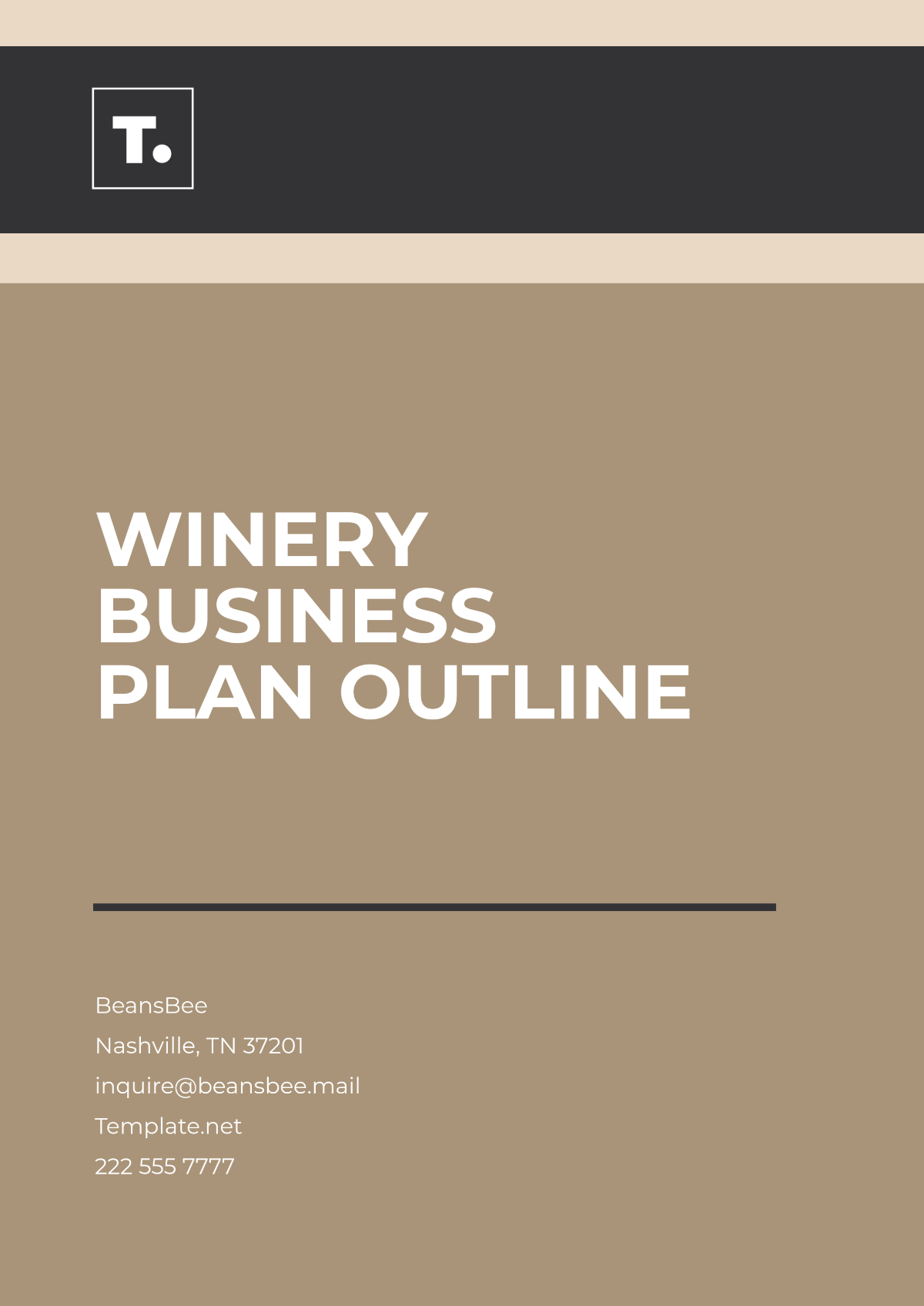
Prepared by: [Your Name]
Company: [Your Company Name]
Date: [Insert Date]
I. Executive Summary
Business Overview: Brief description of the winery business, including name, location, and type of wines produced.
Mission Statement: The winery’s purpose, values, and goals.
Business Objectives: Short-term and long-term goals for the winery.
Product Offering: Types of wines, including red, white, sparkling, and dessert wines.
Target Market: Who the winery intends to serve (e.g., wine enthusiasts, local consumers, international markets).
Ownership Structure: Legal structure (LLC, partnership, corporation).
Key Success Factors: What will drive the winery's success (quality products, customer experience, sustainable practices)?
II. Company Description
Business Background: History of the winery (if established) or concept and vision for new ventures.
Location: Geographic location of the winery, climate, soil type, and vineyard conditions that are favorable for wine production.
Legal Structure: Explanation of ownership, management team, and structure.
Vision & Mission: Long-term aspirations and mission of the winery.
Market Opportunity: Overview of the wine industry and any gaps the winery aims to fill.
III. Market Research & Analysis
Industry Overview: Size, trends, and growth outlook of the wine industry (local and global).
Target Market Analysis: Demographics, psychographics, and purchasing behavior of the ideal customer.
Competitive Analysis: Key competitors in the area, their strengths and weaknesses, and how your winery will differentiate itself.
SWOT Analysis: Identification of the winery’s strengths, weaknesses, opportunities, and threats.
Market Trends: Changes in consumer preferences (e.g., organic wines, sustainable practices, wine tourism).
Marketing & Sales Strategies: How the winery will reach its customers (direct-to-consumer sales, wine clubs, retail partnerships).
IV. Product Line & Services
Wine Varieties: Types of wines offered (e.g., Cabernet Sauvignon, Chardonnay, Merlot, etc.), and the expected characteristics of each.
Wine Production: Details on winemaking processes, vineyard management, and seasonal considerations.
Special Products: Premium offerings such as limited-edition or vintage wines, or wine-related products (wine accessories, merchandise).
Services: Tasting room experiences, winery tours, private events, wine club memberships, and food pairings.
Future Products/Services: Plans for expanding product lines (e.g., expanding into wine tourism, hosting events, launching a new wine collection).
V. Marketing & Sales Strategy
Branding & Positioning: How the winery will be positioned in the market (luxury, affordable, organic, etc.).
Pricing Strategy: Pricing models for wines and services offered, and how they compare to competitors.
Promotion Strategy: Advertising, digital marketing, public relations, and social media strategies to build brand awareness.
Distribution Channels: Sales strategy including direct sales at the winery, e-commerce, retail stores, wholesalers, and distribution partners.
Sales Forecast: Expected sales volume and revenue for the next 1-3 years, broken down by product or service category.
VI. Operational Plan
Winery Operations: Overview of daily operations, wine production cycle, and staffing needs.
Facility Requirements: Winery location, building specifications, and any special equipment needed for production.
Production Plan: Vineyard management, harvest schedules, winemaking processes, and bottling operations.
Supply Chain Management: Sourcing raw materials (grapes, barrels, etc.), partnerships with suppliers, and inventory management.
Staffing Plan: Required staff roles (winemakers, vineyard workers, tasting room staff, management), along with recruitment, training, and retention strategies.
VII. Management & Organization
Management Team: Background information on the winery’s leadership and key staff members, including their roles, experience, and responsibilities.
Advisory Board: If applicable, any advisors or consultants who will assist with strategic direction or industry expertise.
Ownership Structure: Clarification of the business structure (sole proprietor, partnership, corporation, etc.).
Key Personnel: Roles and responsibilities of each member of the team.
VIII. Financial Plan
Startup Costs: Detailed breakdown of initial capital required for startup, including land acquisition, equipment, licenses, etc.
Revenue Model: Explanation of how the winery will generate income, including direct sales, membership fees, and event hosting.
Financial Projections: Forecast for the first 3-5 years, including projected income statement, balance sheet, and cash flow statement.
Break-even Analysis: Identification of when the winery will become profitable.
Funding Requirements: If seeking external funding, outline how much capital is needed, how it will be used, and the repayment plan.
Risk Assessment & Mitigation: Identification of financial risks (e.g., crop failure, market downturn) and how they will be mitigated.
IX. Sustainability & Social Responsibility
Environmental Practices: Use of sustainable farming practices, eco-friendly packaging, and energy-efficient production methods.
Community Engagement: How the winery will contribute to the local community (e.g., employment, partnerships, charitable activities).
Social Responsibility: Ethical sourcing, fair trade considerations, and involvement in wine industry sustainability initiatives.
X. Appendix
Supporting Documents: Any additional documents that may support the business plan, including:
Detailed financial spreadsheets (income statements, cash flow, balance sheet)
Market research data
Resumes of key team members
Legal documents (licenses, permits, land ownership, contracts)
Marketing materials or branding mockups
Vineyard management plans or production schedules
- 100% Customizable, free editor
- Access 1 Million+ Templates, photo’s & graphics
- Download or share as a template
- Click and replace photos, graphics, text, backgrounds
- Resize, crop, AI write & more
- Access advanced editor
You may also like
- One Page Business Plan
- Coffee Shop Business Plan
- Restaurant Business Plan
- Food Business Plan
- Real Estate Business Plan
- Executive Summary Business Plan
- Cover Page Business Plan
- Nonprofit Business Plan
- Daycare Business Plan
- Construction Business Plan
- Startup Business Plan
- Medical Business Plan
- Bakery Business Plan
- Service Plan
- Hotel Business Plan
- Catering Business Plan
- School Business Plan
- Healthcare Business Plan
- Transportation Plan
- Sports Plan
- Car Wash Business Plan
- Salon Business Plan
- Clothing Business Plan
- Farming Business Plan
- Boutique Plan
